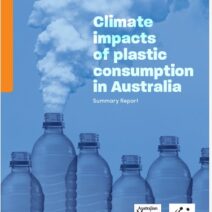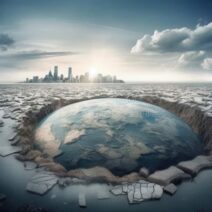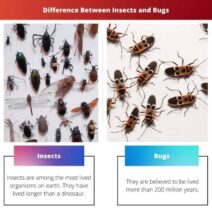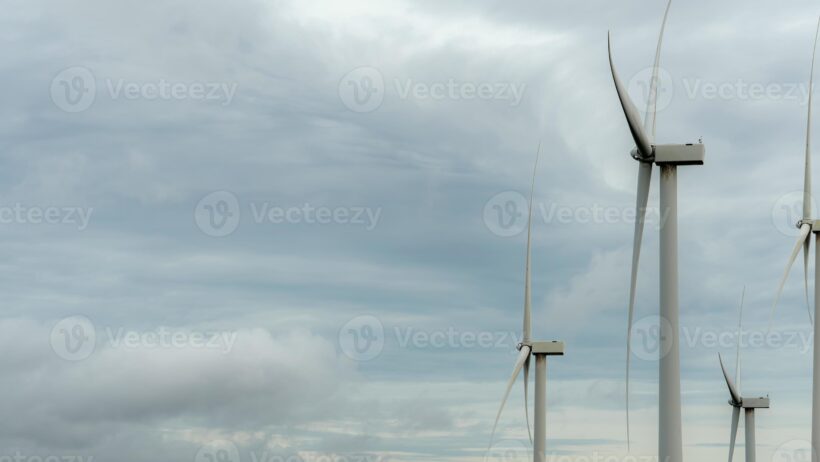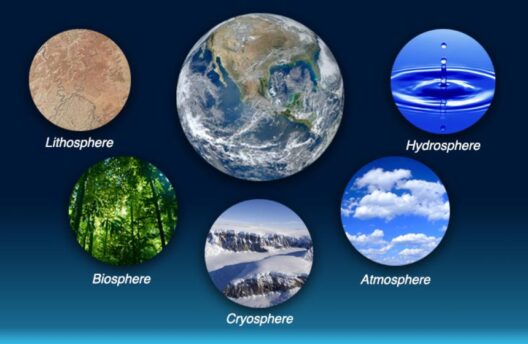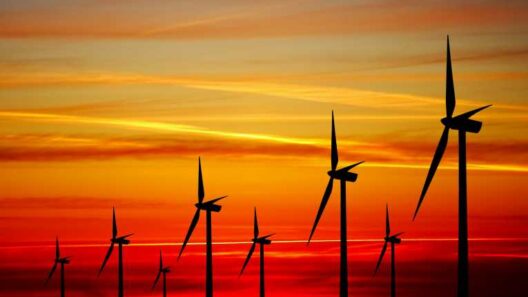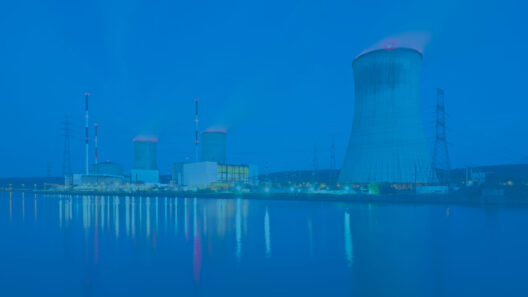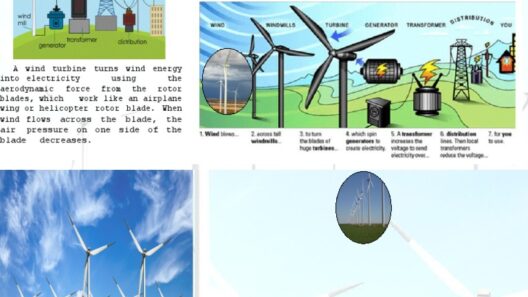Wind energy has emerged as one of the most compelling forms of sustainable, renewable energy in the fight against climate change. But what elevates wind power beyond mere utility? This article delves into the complexities of wind energy as a renewable resource, exploring its benefits, challenges, and the broader implications it has for our environment and future energy systems.
As fervor around climate inaction grows, a fascinating narrative unfolds around wind power. A common observation is that wind energy is often touted as one of the cleanest forms of energy generation available today. However, it is crucial to look deeper and examine why this narrative resonates so strongly, driven not just by necessity but by an underlying commitment to sustainability.
Wind power continues to captivate advocates and skeptics alike, not merely due to its environmental benefits but through its symbolism as a beacon of progress. It challenges us to reconsider our relationship with energy consumption and production, nudging society toward a paradigm shift towards renewable resources.
The nature of wind energy itself is entwined with the realms of physics, economics, and even sociopolitics. To appreciate its role as a renewable resource, it’s essential to unpack its operational mechanics, the material concerns surrounding its infrastructure, and the cultural ramifications that its prominence brings.
The Mechanics of Wind Power Generation
At the core of wind energy lies a simple yet profound principle: harnessing the kinetic energy produced by moving air. Wind turbines, often tall and imposing structures, convert this kinetic energy into electrical power through a process involving rotor blades and a generator. The winds carry different speeds and consistencies, providing varying degrees of energy production based on geographic and climatic contexts.
One of the illuminating aspects of wind energy is its reliance on natural processes. Unlike fossil fuels, which are finite and result from ancient biological material, wind is a freely available resource that replenishes continuously. As long as there are atmospheric conditions conducive to wind— driven by solar radiation heating the Earth’s surface— wind will remain an inexhaustible resource, making it a quintessential example of sustainability.
Energy generation through wind power accounts for a significant portion of the global renewable energy landscape, showcasing its transformative potential. As of recent figures, wind energy contributes to roughly 6% of global electricity production, with this percentage rapidly increasing as technologies improve and more nations embrace renewable energy frameworks.
Environmental Implications of Wind Energy
Transitioning to wind energy is not merely about changing how electricity is produced; it symbolizes a substantive shift in environmental stewardship. The cornerstone of this argument centers on emissions: wind power generation produces negligible direct greenhouse gas emissions once the turbine infrastructure is installed and operational. In contrast, fossil fuel combustion remains one of the largest contributors to anthropogenic climate change.
However, the narrative extends beyond carbon footprints. The industrial production of wind turbine components, the land-use considerations for wind farms, and the potential ecological impacts on local wildlife are all factors deserving scrutiny. Turbines can pose risks to avian and bat populations, and their large footprint can alter local ecosystems. These concerns illuminate the complexity inherent in optimizing renewable energy development while preserving biodiversity.
Economic Considerations: Winds of Change
Wind energy also brings an economic dimension to the discussion of sustainability. The initial capital investment in creating wind farms can be substantial; however, the long-term benefits often outweigh these costs. Wind energy creates numerous jobs in manufacturing, installation, and maintenance sectors, substantially contributing to local economies. With falling costs related to technology and implementation, wind power has also proven to be a competitive alternative to traditional energy sources.
Moreover, the opportunities for innovation within the wind energy sector are boundless. Cutting-edge technological advances, such as offshore wind farms and floating turbines, present new horizons for harnessing energy while addressing some environmental concerns. Such innovations encourage a narrative of hope and resilience, representing humanity’s capacity to engage in sustainable practices that honor both nature and future generations.
The Societal Lens: A Mirror of Values
Wind energy serves as a paradigm through which society can reflect its values and priorities. By choosing to invest in renewable resources, communities signal their commitment to a more sustainable future despite challenges. This appointment unveils tensions between progress and preservation, between economic growth and environmental protection.
Wind energy initiatives often encounter pushback from various factions, raising questions about land use, visual aesthetics, and local governance. Still, such debates stimulate critical discourse on energy ethics, fostering community engagement in conversations about green energy solutions while unraveling the layers of contention that accompany substantial change.
In summation, the vitality of wind energy as a renewable resource is embedded in its duality of promise and challenge. It is a vibrant portrayal of what sustainable energy could embody—a confluence of ecology, economy, and ethics revolutionizing our understanding of energy production. Wind energy beckons us to harness its power while simultaneously compelling us to tread carefully, reminding us that true sustainability transcends mere energy generation—it is an invitation to rethink our relationship with the Earth, with one another, and with the future we aspire to create.
